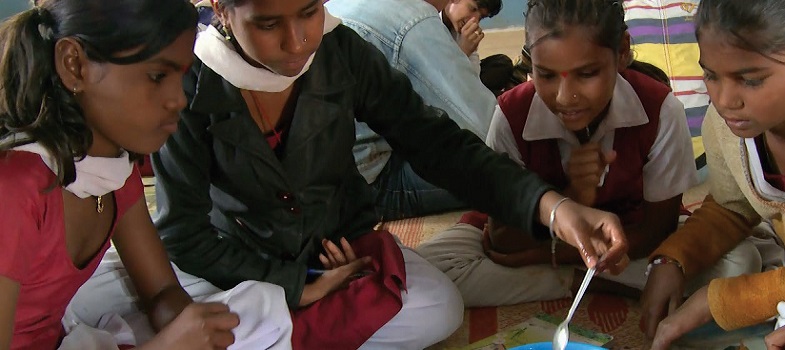TI-AIE: Using physical models: teaching electricity to Class X
What this unit is about
Science is often described as a ‘hard’ subject. By the time students in secondary school approach public examinations, success in science depends on the ability to handle abstract concepts and models as well as being numerate, literate and able to recall a body of factual knowledge. Teachers help students to improve their understanding by providing structured experiences that help students to develop increasingly sophisticated mental models. These models will allow students to assimilate information and concepts effectively, so that they can not only recall them but also apply them appropriately.
One way of helping your students to develop sophisticated mental models is to use physical models. Physical models provide a way of helping students to develop their understanding of a topic by manipulating objects that are representations of things or concepts. They ‘move stuff around’, which can result in a much deeper understanding than reading the textbook or looking at two-dimensional pictures. With physical models, students can explore behaviour, patterns and connections, and make predictions. They must also learn to evaluate the strengths and limitations of different models.
In this unit the focus will be on using physical models to help develop students’ understanding of electricity. What you learn about physical models will also be applicable to other topics. You can learn more about helping students to develop mental models in another TESS-India unit.
